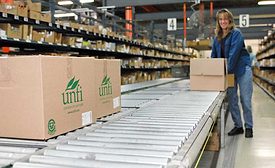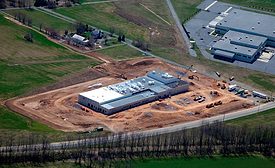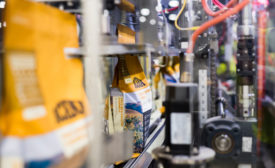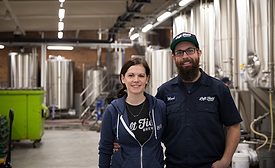Home » site selection
Articles Tagged with ''site selection''
How to get the workers you need to run highly automated food and beverage plants
Read More
Building a future food factory, Part 4: Automation
Food and beverage plants are increasingly employing more advanced automation, which can affect operations at a future facility.
January 23, 2018
Building a future food factory, Part 3: Logistics
A key factor in picking a location for a new food and beverage facility is the area’s ability to efficiently receive materials and distribute products produced.
December 20, 2017
Building a future food factory, Part 2: Locale
Locale plays a critical role in the site selection of a new food and beverage processing facility.
November 30, 2017
2017 Food Plant Construction Survey: Safety, consumers drive expansion
Processors realize that existing facilities must be updated and expanded to meet food safety regulations and increasing and challenging customer demands
June 9, 2017
TECH FLASH
Champion Petfoods opens DogStar Kitchens
Canadian pet food producer Champion Petfoods recently opened its new 371,100-sq.-ft. DogStar Kitchens located on 85 acres of land outside of Bowling Green, KY.
July 28, 2016
TECH FLASH
A special focus on processors north of the US border
Ontario’s food and beverage industry.
March 29, 2016
Special Supplement: Site Selection
Setting your sites on solid ground
A litany of factors must be considered in selecting a new plant location, but the choice must ultimately facilitate your goals and business strategy.
December 21, 2015
Cover Story
Global Manufacturing Management: Extending your worldwide reach
If you’re thinking about setting up a plant in a foreign country, take it a step at a time and look for a partner that shares your goals.
February 7, 2014
Elevate your expertise in food engineering with unparalleled insights and connections.
Get the latest industry updates tailored your way.
JOIN TODAY!Copyright ©2024. All Rights Reserved BNP Media.
Design, CMS, Hosting & Web Development :: ePublishing











